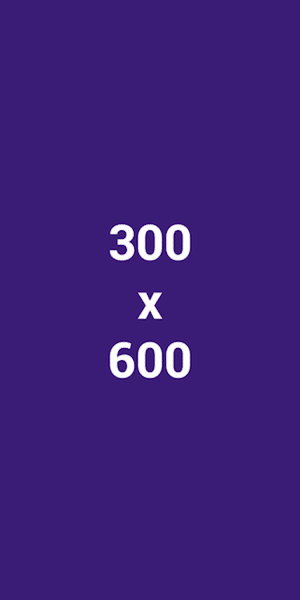What Does Bitcoin Halving Mean for the Future of Cryptocurrency?
Before we can delve into what bitcoin halving means for the future of cryptocurrency, let’s first understand what bitcoin halving actually entails. In a nutshell, bitcoin halving is an event where the reward for mining new blocks is halved, meaning that miners receive 50% less bitcoins for verifying transactions. This event is part of Bitcoin’s monetary policy, which has significant consequences for the digital token’s future.
The Bitcoin network relies on blockchain technology to provide transparency. This means every transaction ever made with Bitcoin is stored in a public ledger that anyone can access. To add transactions to this ledger, they must be processed by miners who solve complicated mathematical problems. As a reward, they’d get new bitcoins. The process is designed to mimic the mining of precious metals such as gold or platinum, where the resources become increasingly difficult to extract over time.
But, unlike traditional mining industries, when it comes to Bitcoin, there’s a limit to how many can potentially exist: 21 million bitcoins. As such, Bitcoin’s protocol was designed to reduce the reward for miners every 210,000 blocks mined, or approximately every four years. That’s Bitcoin halving in action, ensuring that the mining process will continue until around 2140 but at a slowing rate.
The Impact on Bitcoin’s Value and the Crypto Market
For a while now, Bitcoin has been the dominating name in the crypto world, it’s status reinforced by these halvings. By reducing the rate at which new bitcoins are created, halving has a deflationary effect on Bitcoin. This scarcity mirrors precious physical commodities like gold, improving Bitcoin’s store of value and securing its position as ‘digital gold’.
Historically, the halvings have led to substantial increases in Bitcoin’s price due to this scarcity principle. The first halving in November 2012 led to a sharp increase from $12 to over $110. The second saw Bitcoin’s value rise from around $651 to a whopping $20,000 within 18 months, and it was a similar story with the third halving in May 2020.
For these reasons, many in the cryptocurrency community see Bitcoin halving as a bullish event. The possibility of higher prices not only attracts speculators and investors but also more miners, whose increased network participation further secures the blockchain.
The Future of Cryptocurrency and Bitcoin Halving
Having looked at what Bitcoin halving is and its immediate impact on Bitcoin’s value, it’s worth noting that its prospective long-term implications for the cryptocurrency world remain equally important.
A key question is: with the reward for Bitcoin mining now smaller, would miners stick around? The profitability of Bitcoin mining depends heavily on the price of the digital currency and the cost of electricity it takes to mine it. If the rewards for mining decrease while costs stay the same, some miners might deem the process unprofitable and quit. Although, so far, this predicted ‘mining death spiral’ has yet to materialize after previous halvings.
On the other hand, the digital gold narrative surrounding Bitcoin may continue to strengthen, pushing Bitcoin towards a more established asset class position. And with the ongoing integration of blockchain technology into various industries, new, exciting possibilities are presenting themselves all the time.
While no one can predict for sure, the dynamics spurred by Bitcoin halving present an overall positive outlook for the future of Bitcoin and, by extension, the entire cryptocurrency ecosystem. For more in-depth news, articles, and insights into the world of cryptocurrency, check out DeFi Daily News.
Conclusion
Although it may sound complex, Bitcoin halving serves a simple purpose: to control the supply and scarcity of bitcoins. This automated, predefined process is unique to Bitcoin and has a significant impact on its value. Understanding Bitcoin halving helps grasp how Bitcoin derives its value and how it mimics commodities like gold. In the future, as cryptocurrency continues to evolve, this event will likely play a key role in determining the trajectory of digital currencies.
FAQs
- What is Bitcoin Halving?
- Bitcoin halving is a process that reduces the reward for validating Bitcoin transactions (mining) by 50%. It usually happens after every 210,000 blocks are added to the Bitcoin blockchain. This process happens roughly every four years.
- Why is Bitcoin Halving necessary?
- Bitcoin halving is necessary to control the supply of bitcoins. It limits the total number of bitcoins that can ever be in circulation to 21 million, ensuring that Bitcoin maintains its value and doesn’t suffer from inflation.
- What happening when all 21 million bitcoins have been mined?
- Once all 21 million bitcoins have been mined (predicted to be around 2140), miners will no longer receive block rewards. They’ll instead secure transaction fees, which will provide the incentive to continue validating transactions and keep the network running.



















